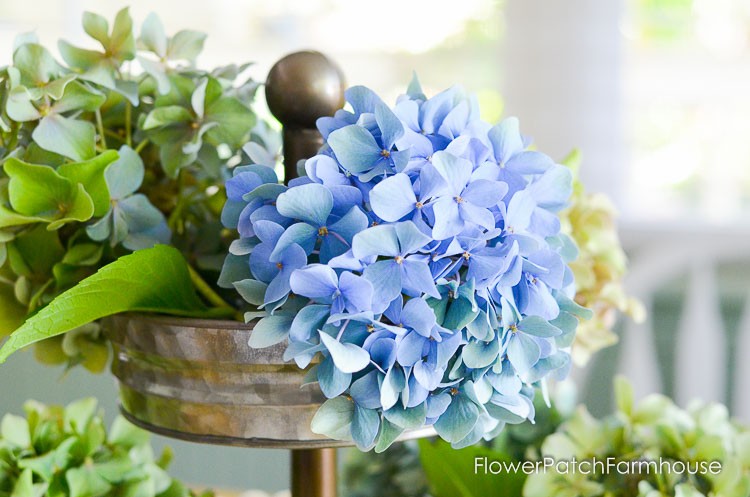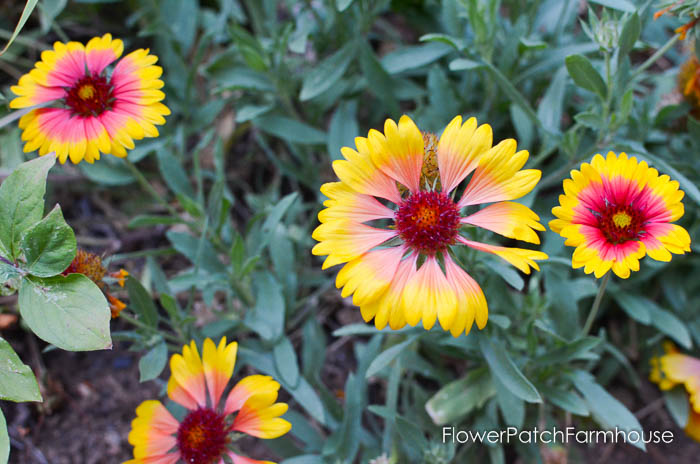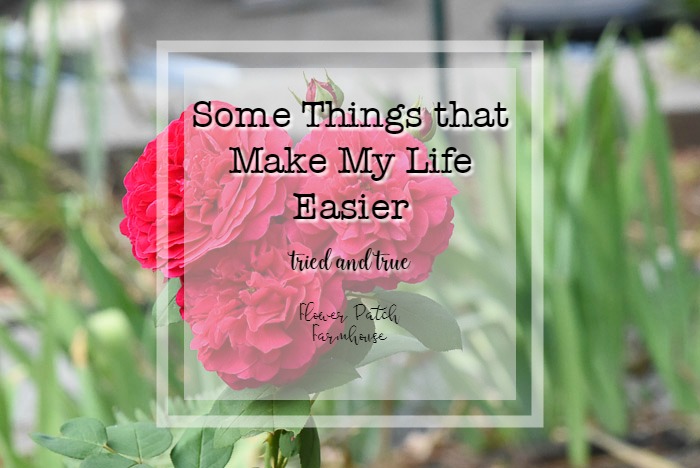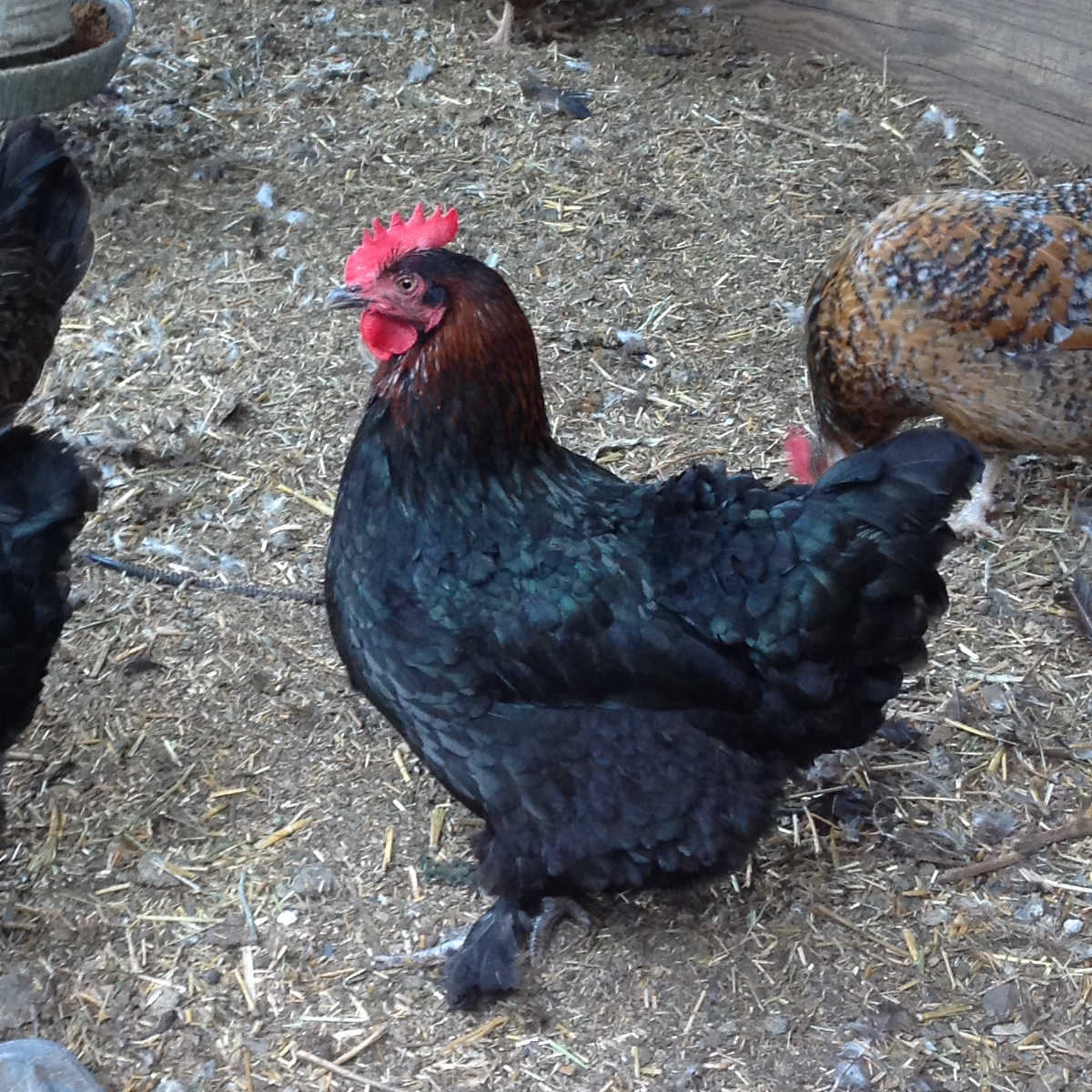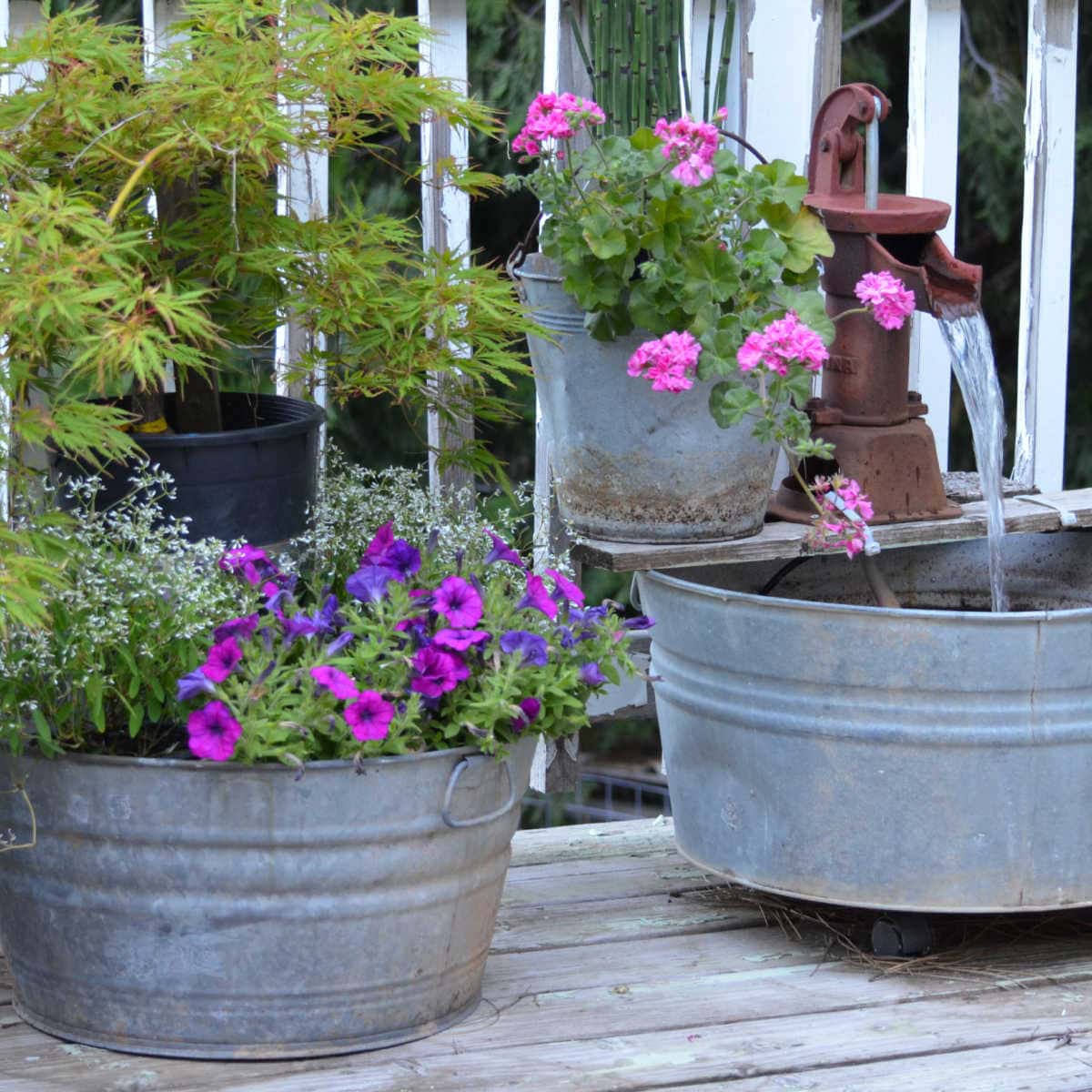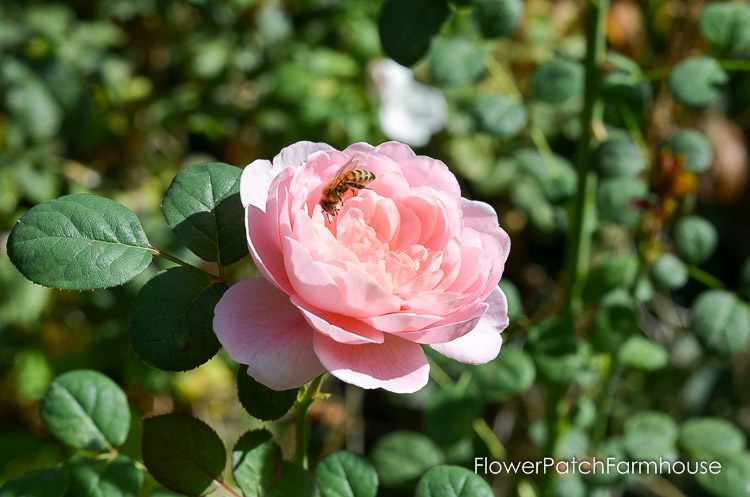Transplanting Hydrangeas
Transplanting is a task that many gardeners have to do from time to time. It can be daunting, but it doesn’t have to be! In this article, we will talk about transplanting hydrangeas in your garden and how you can do it right so they thrive for years and years.
Transplanting hydrangeas can be a big job and since hydrangeas can be quite large you may want to get help to lift and move them. But it can be done, just follow these tips and tricks for success.
This post focuses on Big Leaf Hydrangeas (Hydrangea macrophylla)
What you will learn today:
- Do hydrangeas transplant well?
- When is the best time to transplant hydrangeas?
- How should you prepare your hydrangea for moving?
- Where to tranplant hydrangeas?
- What supplies will you need for a successful transplanting process
- How to transplant hydrangeas
- Replanting hydrangea
- Tips and tricks for making sure your transplanted hydrangeas thrive in their new location
- Can I tranplant a hydrangea into a Pot?
Do hydrangeas transplant well?
Yes, hydrangeas transplant well if you do it right. Choosing the right location, making sure not to damage it while moving the plant and proper care will ensure a successful relocation of your beautiful hydrangeas.
When is the best time to transplant?
Your local climate will determine when you should transplant your hydrangea. You will note I did not say zone and there is a very good reason for that.
Garden by Zones, why not?
This post may contain affiliate links. If you make a purchase after clicking on a link I will make a small commission at no added cost to you.
In colder climates, it is best to transplant hydrangeas in the late fall or early winter when the ground is not frozen. But then like me, you may face feet of snow on the ground at that time of year and that is not possible.
Early Spring while it is still cool and the ground is workable may be a better choice for you if you get a lot of snow.
A good rule of thumb for everyone is to transplant before the ground freezes, but after hydrangeas have finished flowering or gone dormant for the year. A hydrangea that is dormant is one that all the flowers have basically dried up and the leaves have dropped off.
Your ground doesn’t freeze? Then move the hydrangea while it is dormant in your area which is typically mid-winter through early Spring.
You can actually transplant a hydrangea any time of year. During the high heat of summer, there is a great risk of losing the plant entirely from shock so it isn’t the best choice.
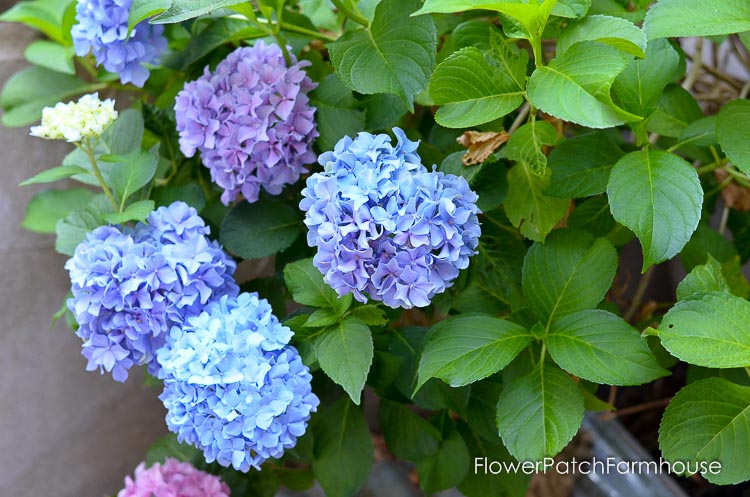
How should you prepare a hydrangea for moving?
To prepare your hydrangea for moving, you will want to make sure it is well hydrated. In winter this is not a problem but we can get some dry Fall weather and I have to do a bit of watering before winter sets in sometimes.
If the plant is very large you can prune it back to make it more manageable to relocate. You may consider cutting your hydrangea back hard and losing next year’s flowers. This can be well worth it as this will help the plant recover better. The root ball won’t have as much foliage and stems to support while it grows a new root system in the new location.
Supplies for moving your shrub
The tools I prefer for this job are my root slayer shovel, a large tarp to help me move the plant if I am working alone and some compost to help amend the soil of the new planting hole and/or mulch the area under the newly planted hydrangea.
Where to transplant Hydrangeas?
Big Leaf Hydrangeas prefer semi-shade, so pick a place for the hydrangea that doesn’t receive too much sun. In hotter areas, morning sun with afternoon shade or filtered sun is a great location. (this is different than Paniculata Hydrangeas)
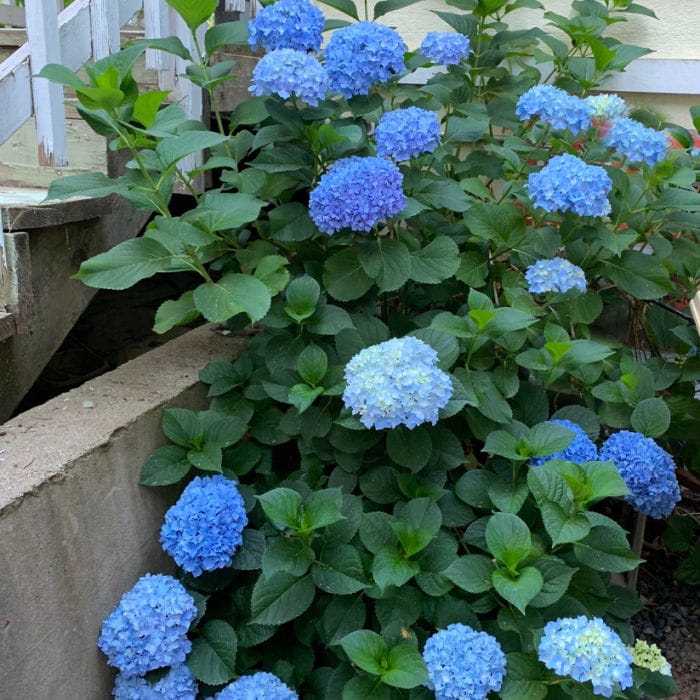
How to Transplant Hydrangeas
Dig the hole for the hydrangea plant before you remove it from its original location. Getting a freshly dug plant back into the ground quickly is always the best. Make sure that the hole is twice as wide as the root ball and just as deep. If your soil is heavy clay or has a lot of rocks in it, amend it with some organic matter like compost before you plant.
Use your shovel to make cuts all the way around the hydrangea root area before digging it up. Get your shovel under the root ball and pry it upward. When pulling the plant up, remove with it as much of the rootball as possible. This is where you may need to get help if it is a large hydrangea!
If it is large and heavy I place the entire plant onto a large tarp and pull it to the new location, if possible. Otherwise, I enlist the help of my strong husband to help carry it.
Replanting Hydrangea bush
Place the hydrangea plant into the hole of its new location and backfill with soil, making sure to firm it down lightly.
Water well and give your hydrangea a good drink of water every week for the first few months after transplanting to help it get re-established if you are not getting any rain.
Give Your Fresh Transplant Extra Help!
Can I transplant a Hydrangea into a Pot?
If you are moving and want to take a beloved Hydrangea plant with you, yes you can.
But if it is a very large plant you may choose to start a new plant from cuttings and start fresh instead of risking losing the original.
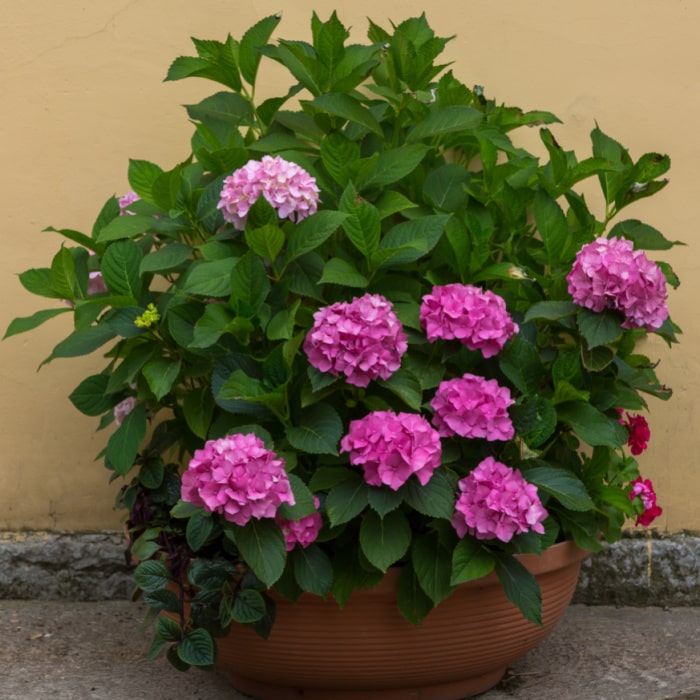
If you are going to move a hydrangea from in the ground into a pot you must have a pot that is large enough to accommodate the root ball with some room to spare.
Cut back the canes of your hydrangea by at least half. Use a well-draining quality potting mix in the new container and if you live in a very cold climate protect the roots from freezing.
This can mean you have a very large container that is very heavy and cumbersome to move. Thus my recommendation is to instead go with cuttings and start a new plant that would be an exact clone of the original.
Tips and tricks for making sure your transplanted hydrangeas thrive in their new location
Make sure to water your transplanted hydrangea well during dry spells. Keep a close eye on it for a couple of years to be sure it is recovering.
If the soil is moist but the leaves are wilting, try misting the leaves during excessive heat. (water on smooth leaves does not burn them in the sun, that is a garden wives tale)
Mulch with a couple of inches of compost or shredded bark annually to help retain moisture in the soil and to give the soil a boost.
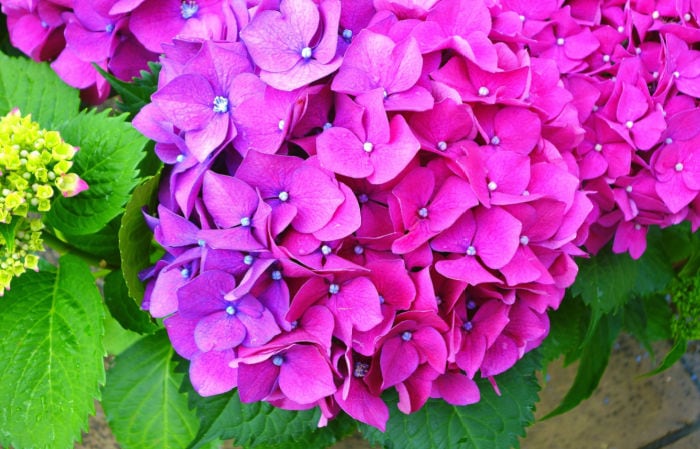
Now that you have learned how to do it, get out there and move that hydrangea!
Happy Gardening!

